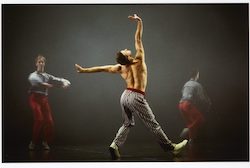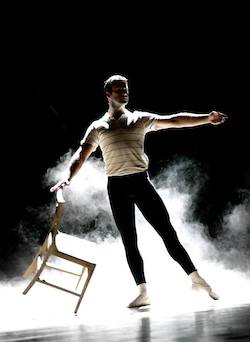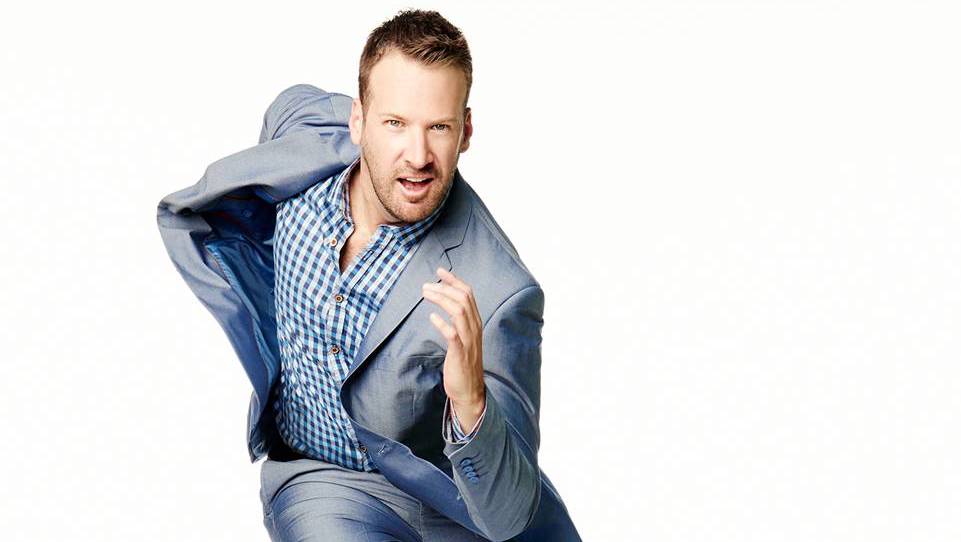A dancer dies twice: Retiring from the stage
“A dancer, more than any other human being, dies two deaths: the first, the physical when the powerfully trained body will no longer respond as you would wish. After all, I choreographed for myself. I never choreographed what I could not do. I changed steps … to accommodate the change. But I knew. And it haunted me. I only wanted to dance.” – Martha Graham
A career in dance is preceded by years of training, sacrifice, commitment, passion and pain. For the lucky few who succeed in making a career out of dancing, the professional life can be full of highs and lows and requires both the body and mind to be pushed to its limits. Ultimately, the career of a dancer is brief, and the dancer’s first death involves not only confronting a life away from the stage but also facing the challenge of a career transition, coupled with a potentially unstable future for the first time in his/her life.

Joshua Horner in The Australian Ballet’s ‘In the Upper Room’. Photo courtesy of Horner.
How do dancers know when it is time for their final curtain call, and what happens if their stage career is cut short by injury, illness or dissatisfaction? When all you ever wanted to do was dance, when your whole identity is tied to being a dancer, what comes next?
Dance Informa asked Joshua Horner about his decision to leave the world of dance. “I secretly had this yearning to have a full on break up with dance for the past eight years,” Horner admits. “I was angry at it, that something I loved so much had left me with a feeling of nothing and helplessness. I wasn’t as quick with my dynamics and the flexibility decreases. I wanted out, but where do you go? I wanted a job in the real world or something else magical that had financial security, but I was only a ‘qualified dancer with honours’ and a resume that I literally couldn’t top. I looked at my career list: The Australian Ballet, lead dancer in musicals on London’s West End, Broadway, Tony Awards and Australia, choreographing iconic parades for Disneyland, plus judging Dancing with the Stars and having my own television show in the USA. I didn’t know what to do next. I’m a mid-30s dancer with a dream career. Then the panic and anxiety kicks in and you realise that you’re not as fabulous as you used to be. You try teaching dance and get frustrated by that process and you get even more angry at dance and how it has left a bad taste aesthetically and figuratively with you. So for me, it was a very harsh cut the cord type of reaction. I left life in Los Angeles because of fake people, and I gave my past a huge ‘pash’ and then I ‘dashed’ and was hungry to learn skills for a new life. The excitement came back, and my passion and spirit returned.”

Joshua Horner as Older Billy in ‘Billy Elliot’ in Australia. Photo courtesy of Horner.
Dancers these days can expect to perform into their 40s, whereas previously they stopped dancing in their early- to mid-30s. A report conducted in 2004 surveyed dancers to assess the challenges associated with transitioning from a career in dance and asserted that the majority of dancers are aware of the potential challenges but many admitted that they were ill prepared for the process.
As for how Horner has found the transition away from performing, he says initially it was very hard, “but once you get out of the bubble, you realise there is so much out there to learn and explore, and you can take elements of your performance experience such as confidence, theatrics and personality into your everyday routine.”
For ballet dancers specifically, the structure and discipline of the art form can be a difficult thing to let go of. Recently retired New York City Ballet dancer Wendy Whelan found retiring from the stage to be an incredibly difficult experience, and one that she was not ready for. On the cusp of retirement, she told The Atlantic,“I’m gonna [retire] because I’m hoping that will take the pain away. When you are a kid, you find so much comfort in dancing. I was comforted. [I thought] I am safe. But then in the end, you are not really safe.”

Joshua Horner. Photo by Hilda Bezuidenhout.
There is nothing quite like being a dancer – make-up, warm-up, costumes, the sound of an orchestra preparing for a performance, applause, the exhilaration and the feeling of contentment after a good show. But there is much more to life, and dancers could benefit from seeking pursuits outside of dance while they are still performing. The danger lies in the “bubble” – the one-track mindedness that focusses only on dance. Some retired dancers will gain satisfaction from finding an artistic outlet in their new careers, while others will revel in an office or laboratory environment. However, the mindset of a dancer will never leave us; it is who we are. As Horner says, “You never really stop dancing, do you? Tapping in the aisles of the supermarket and the occasional slow tendu while brushing your teeth…”
Joshua Horner now works as a real estate agent on the central coast of NSW. You can follow his adventures @joshuajhorner.
By Rebecca Martin of Dance Informa.
Originally published at Dance Magazine.




